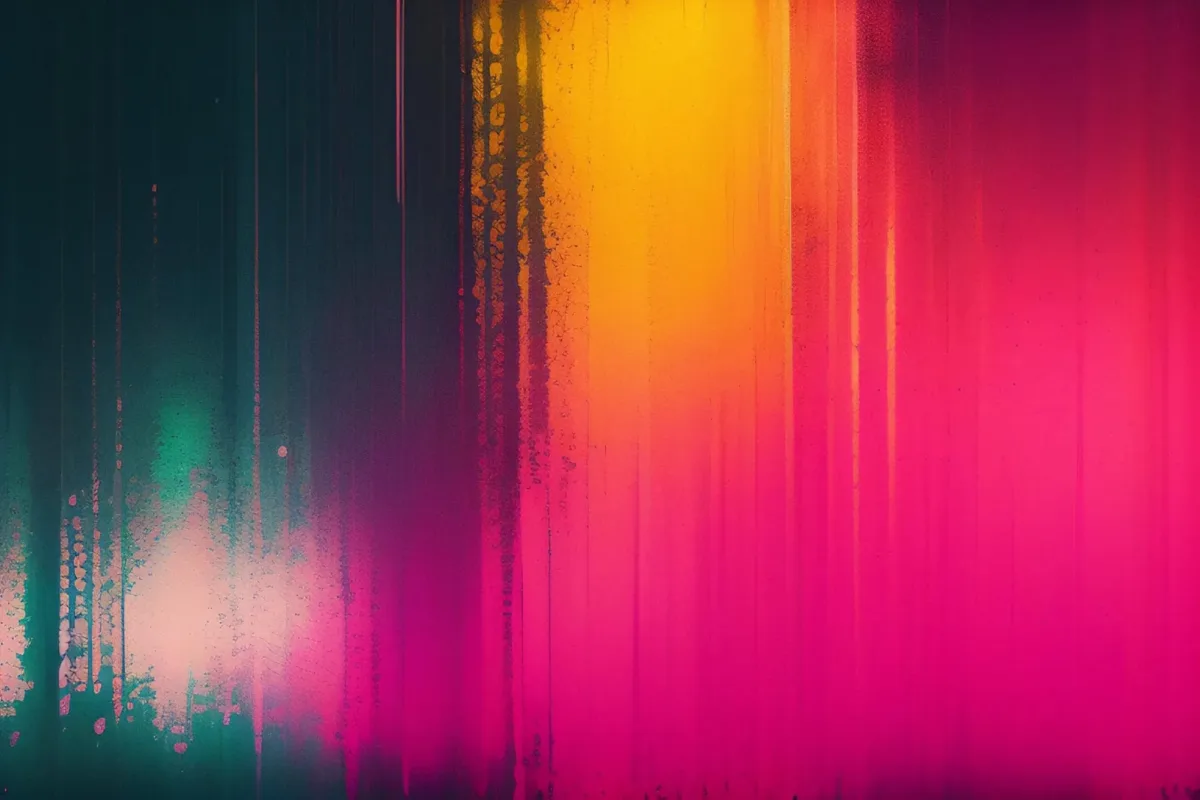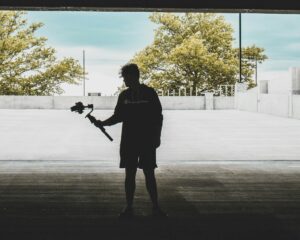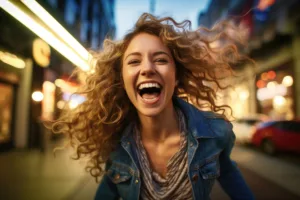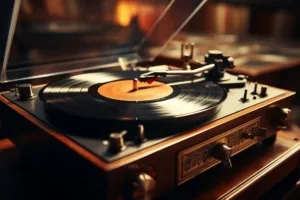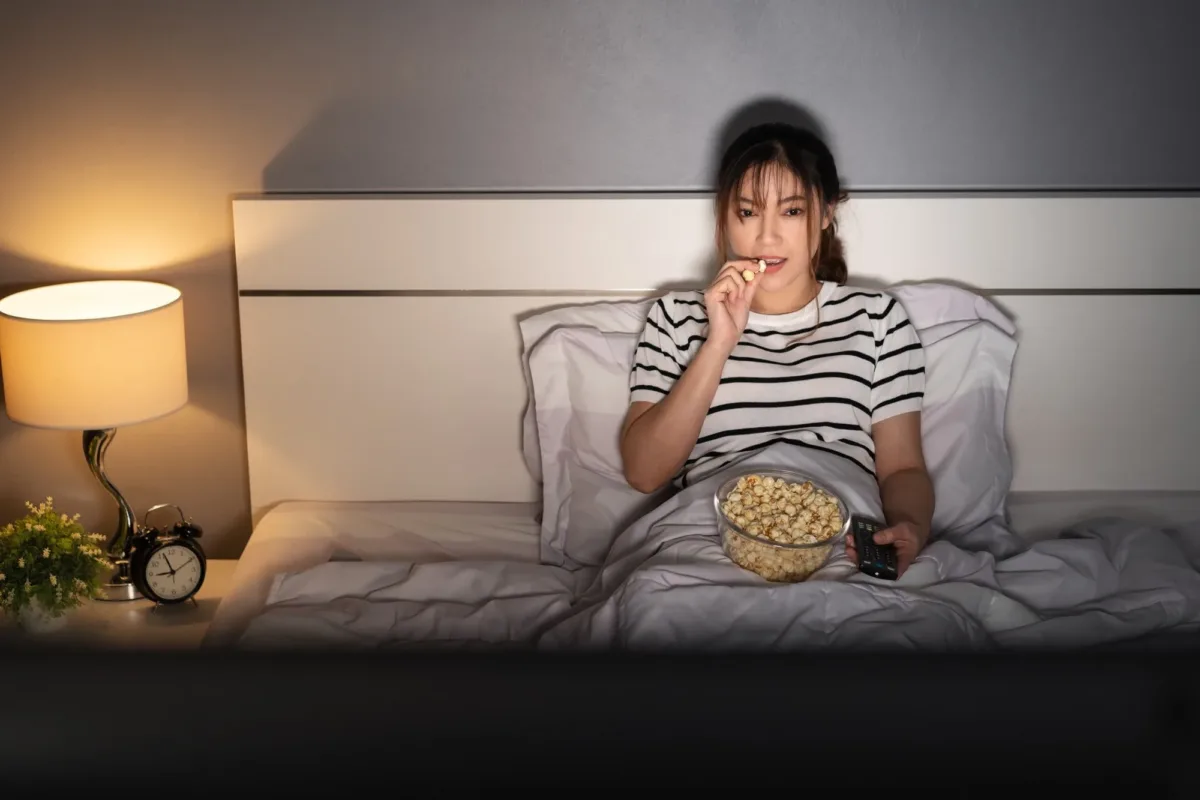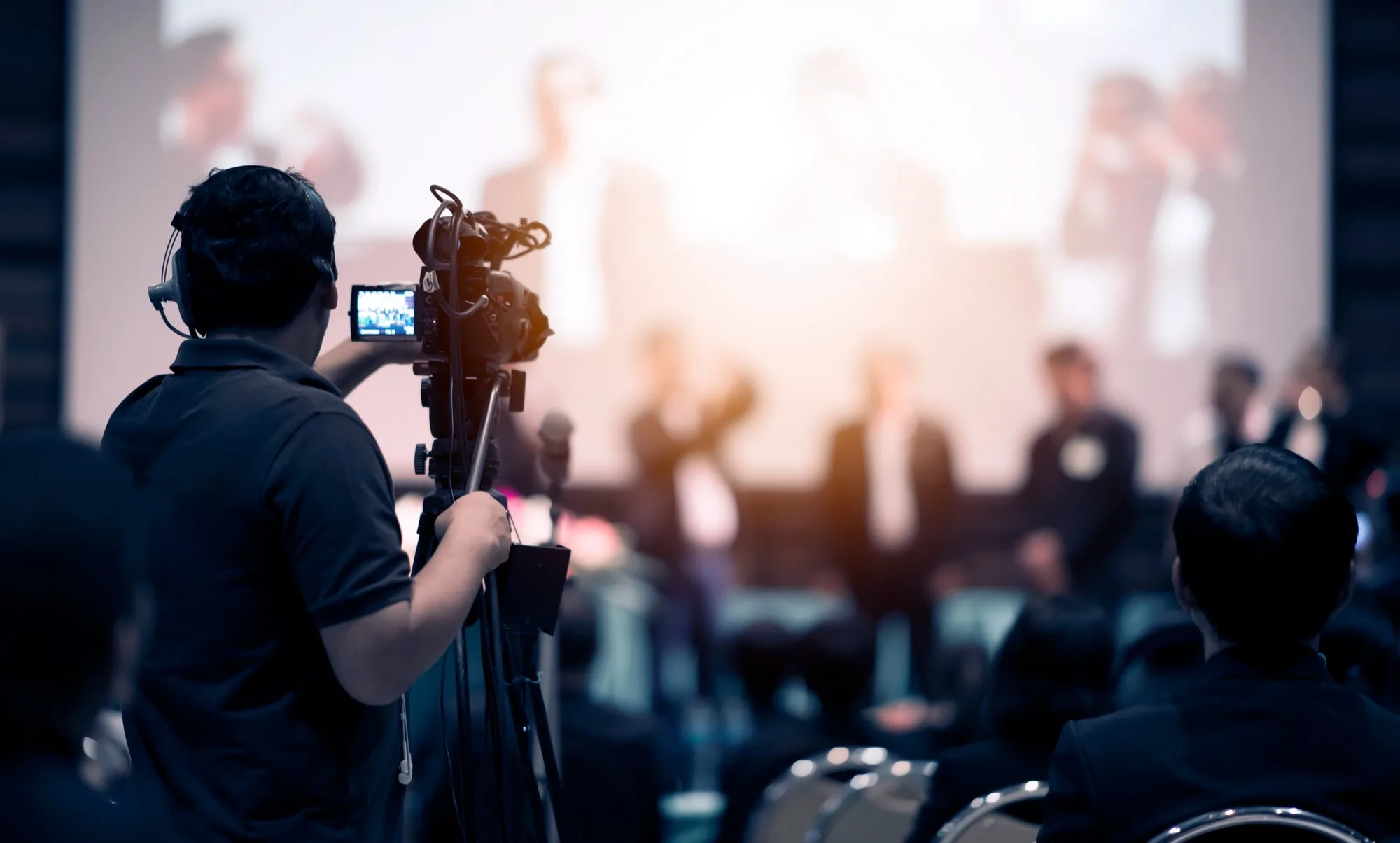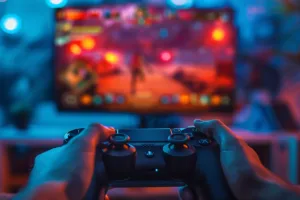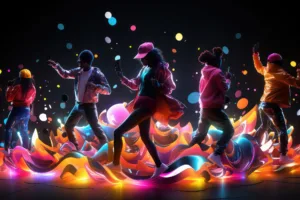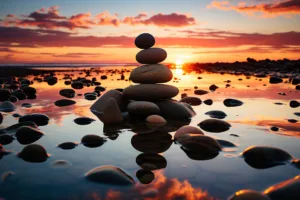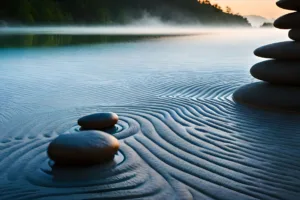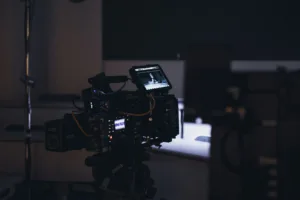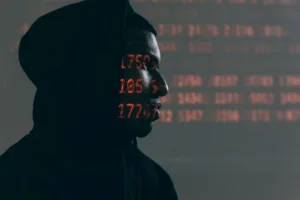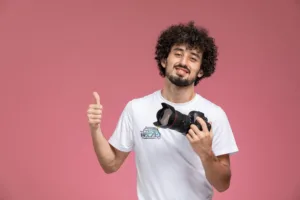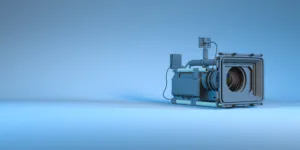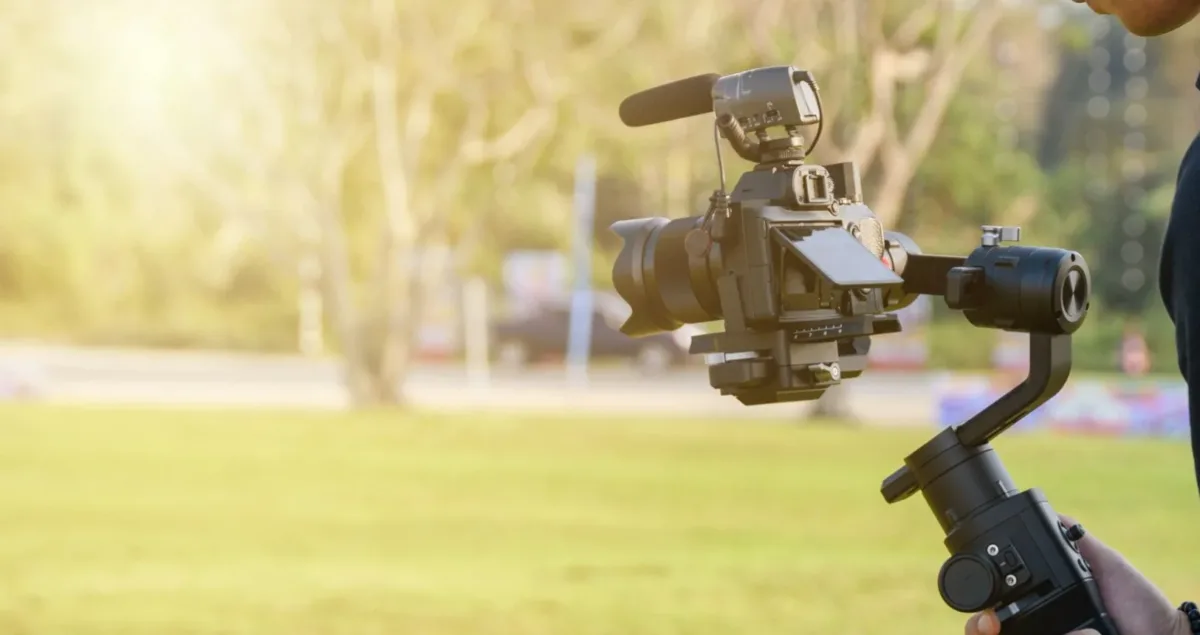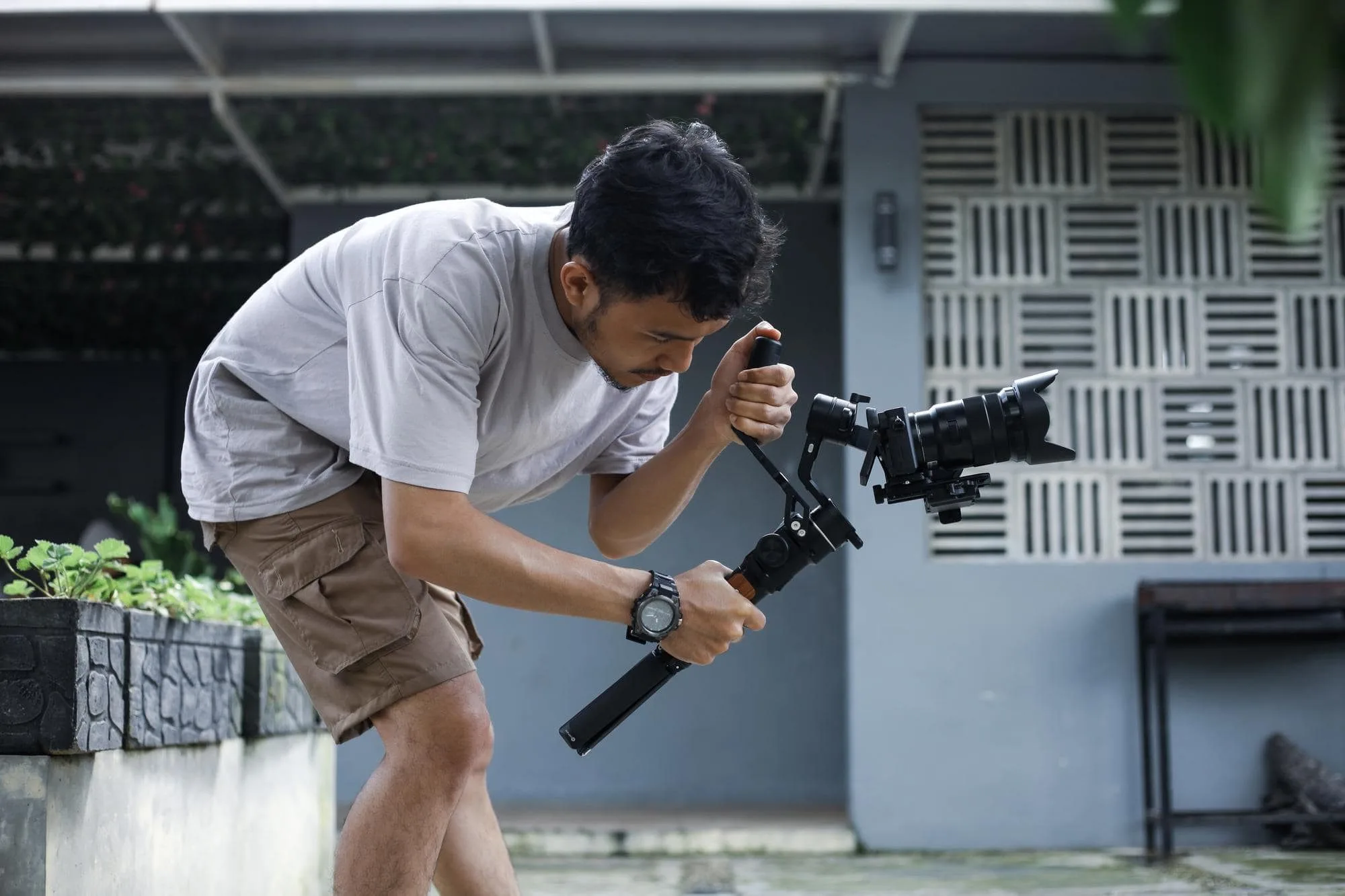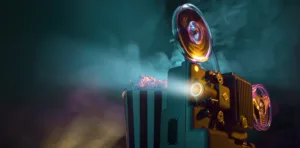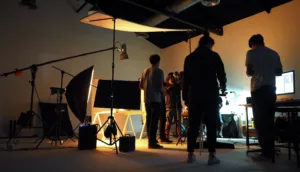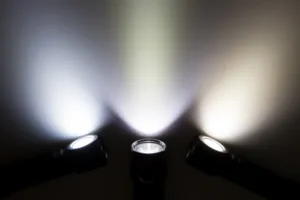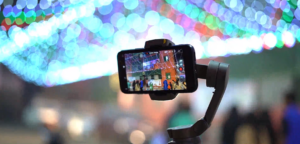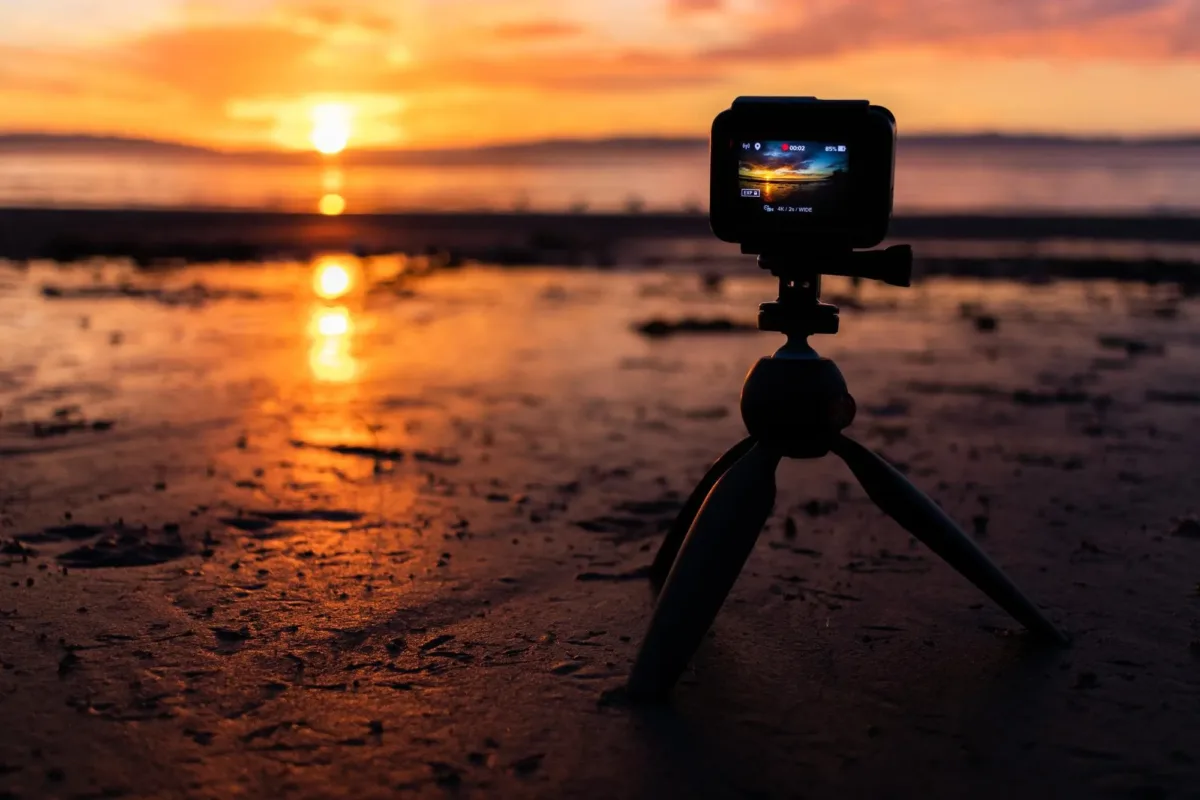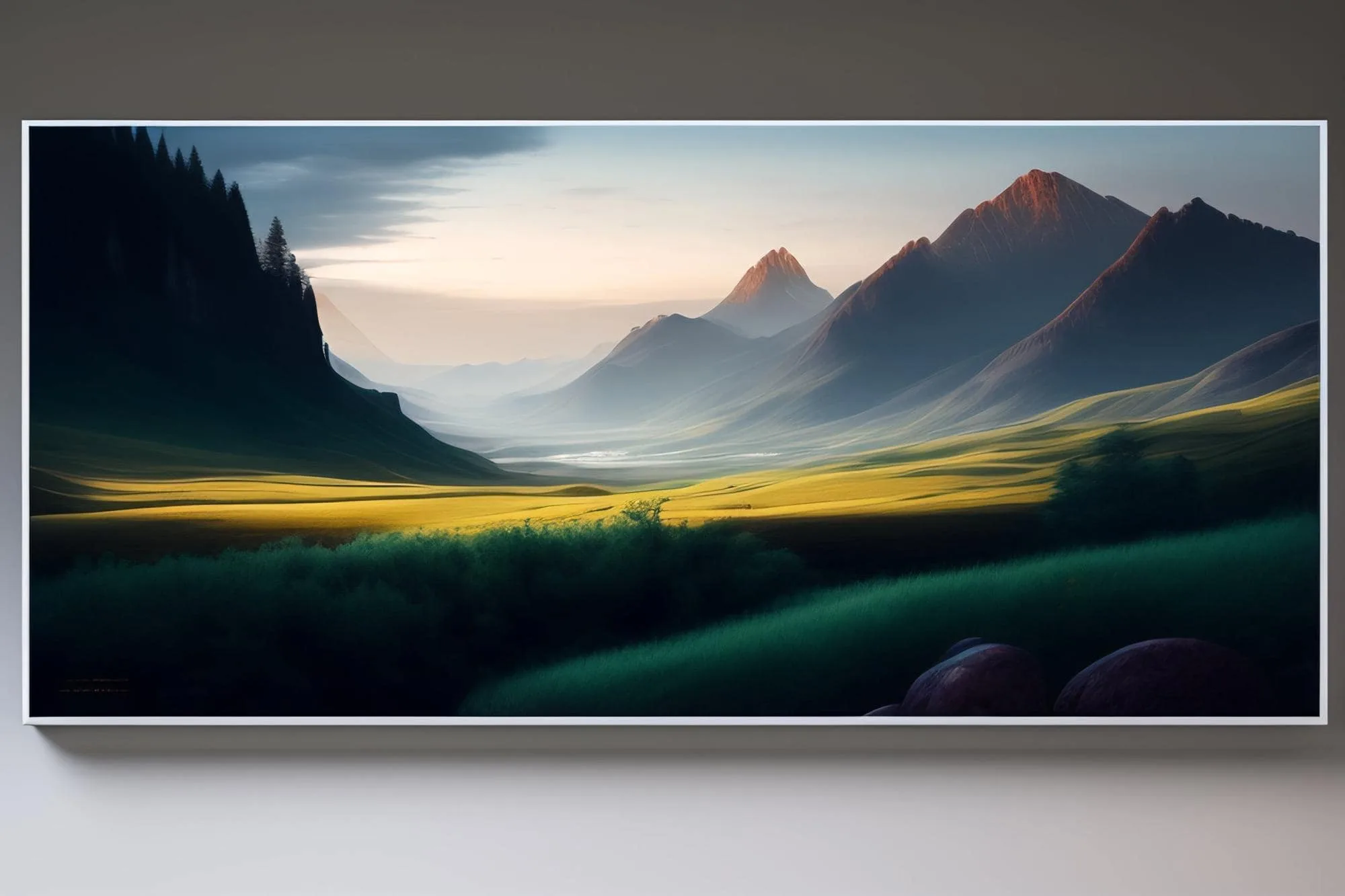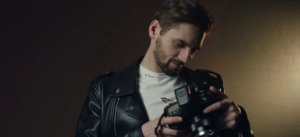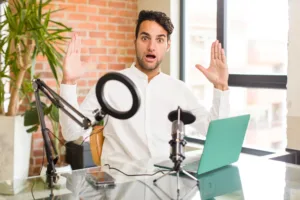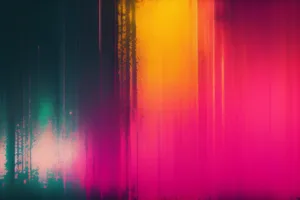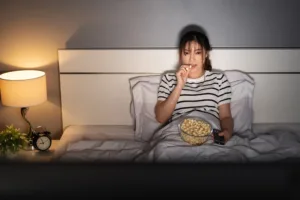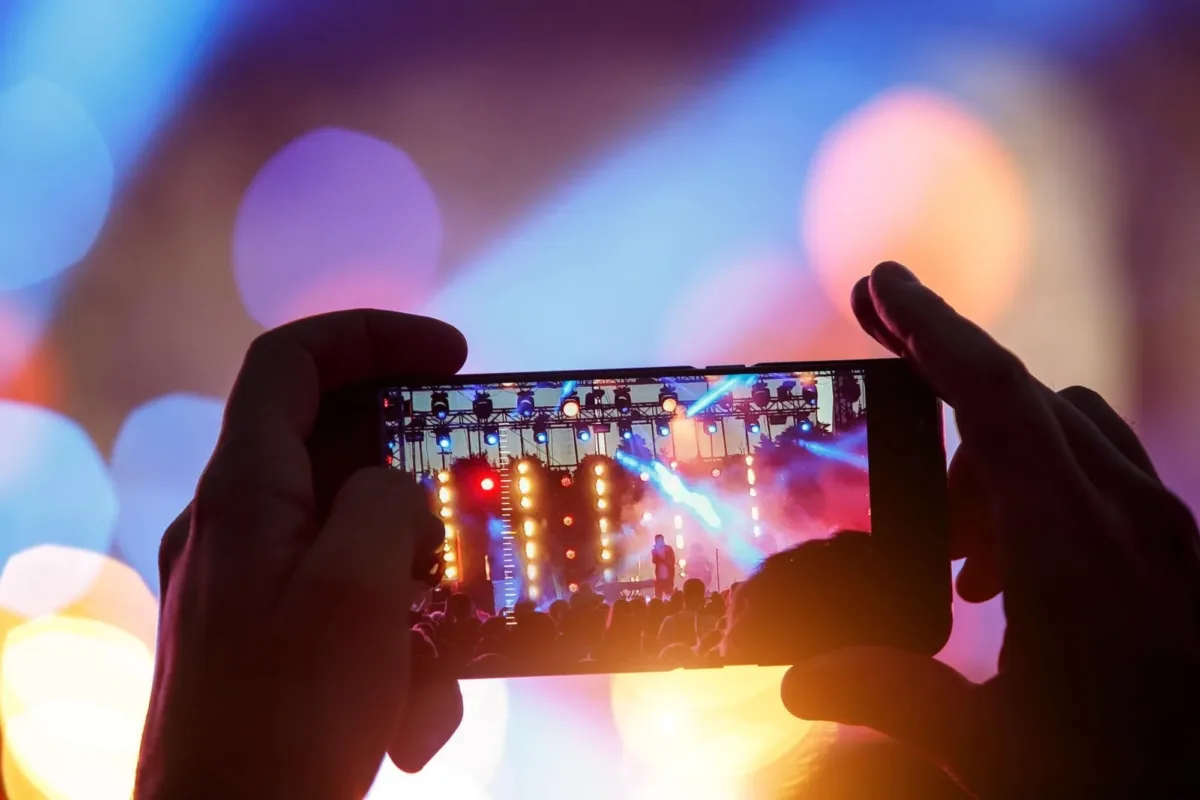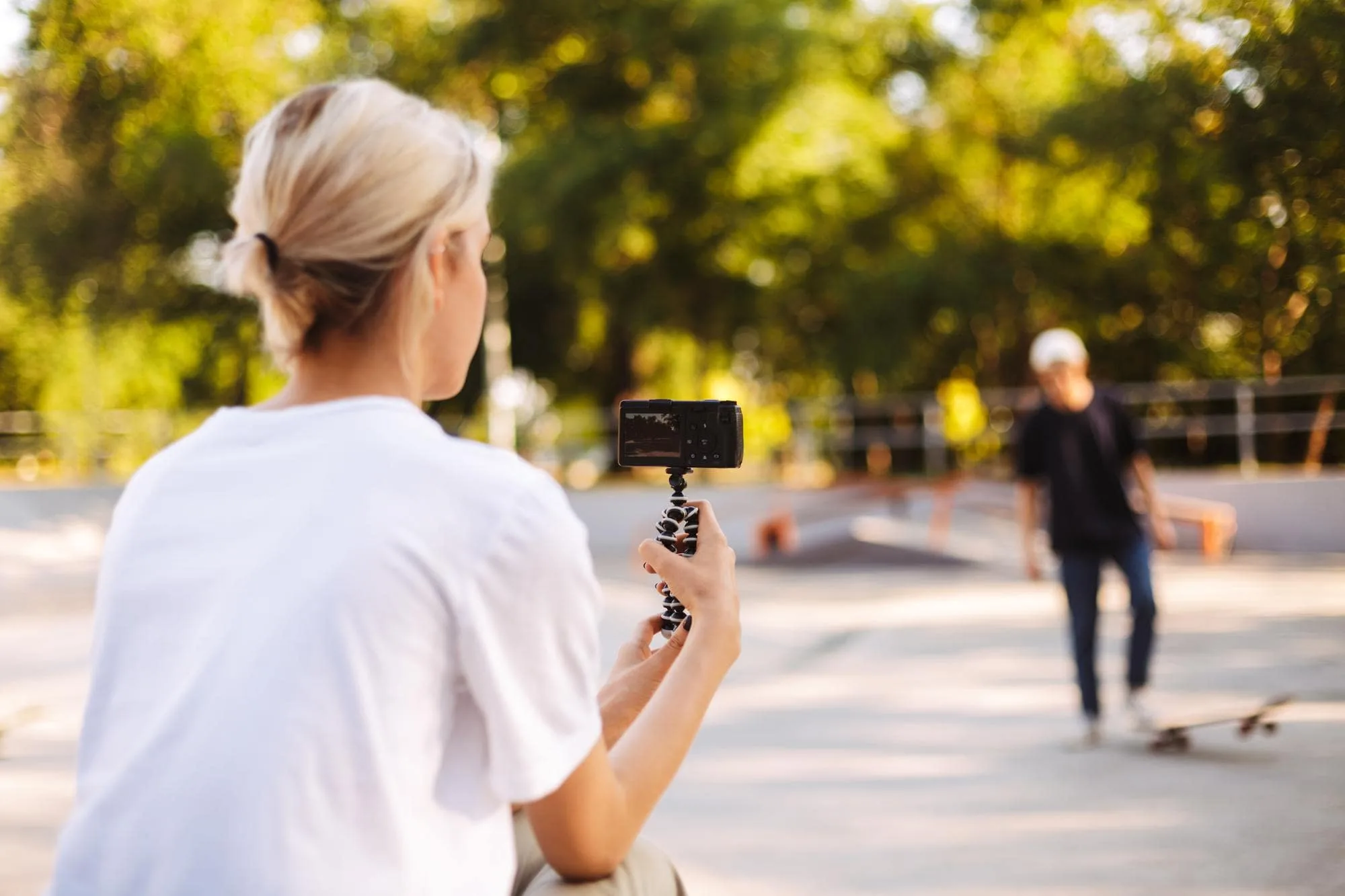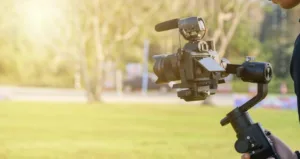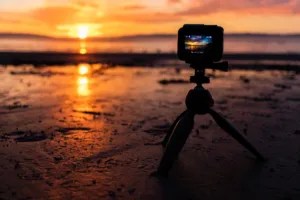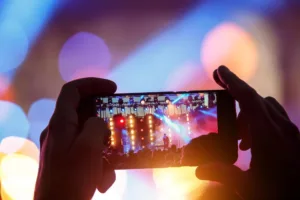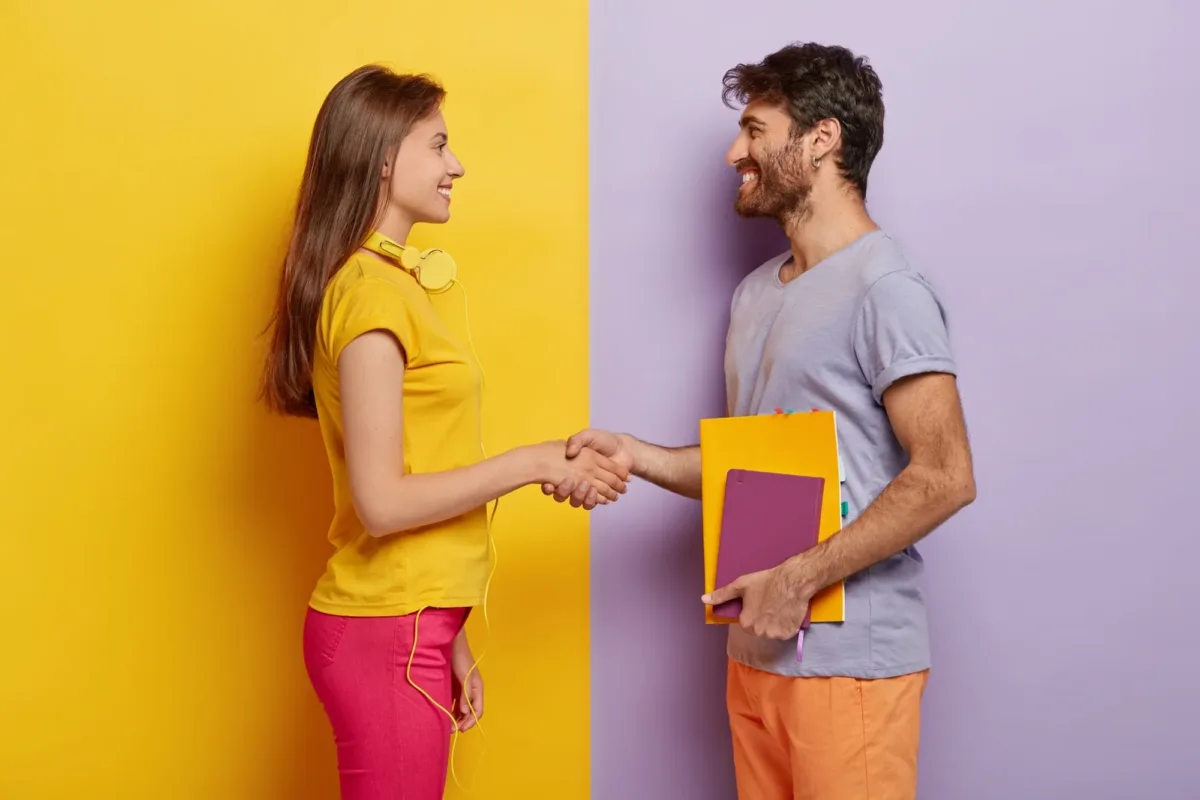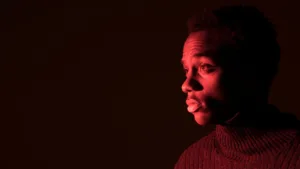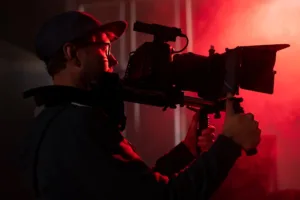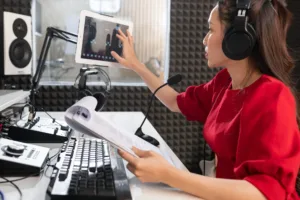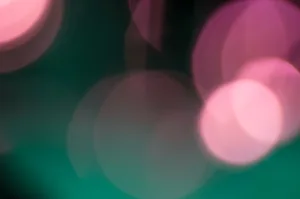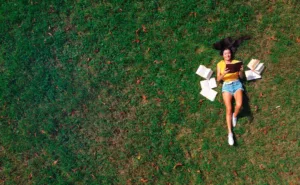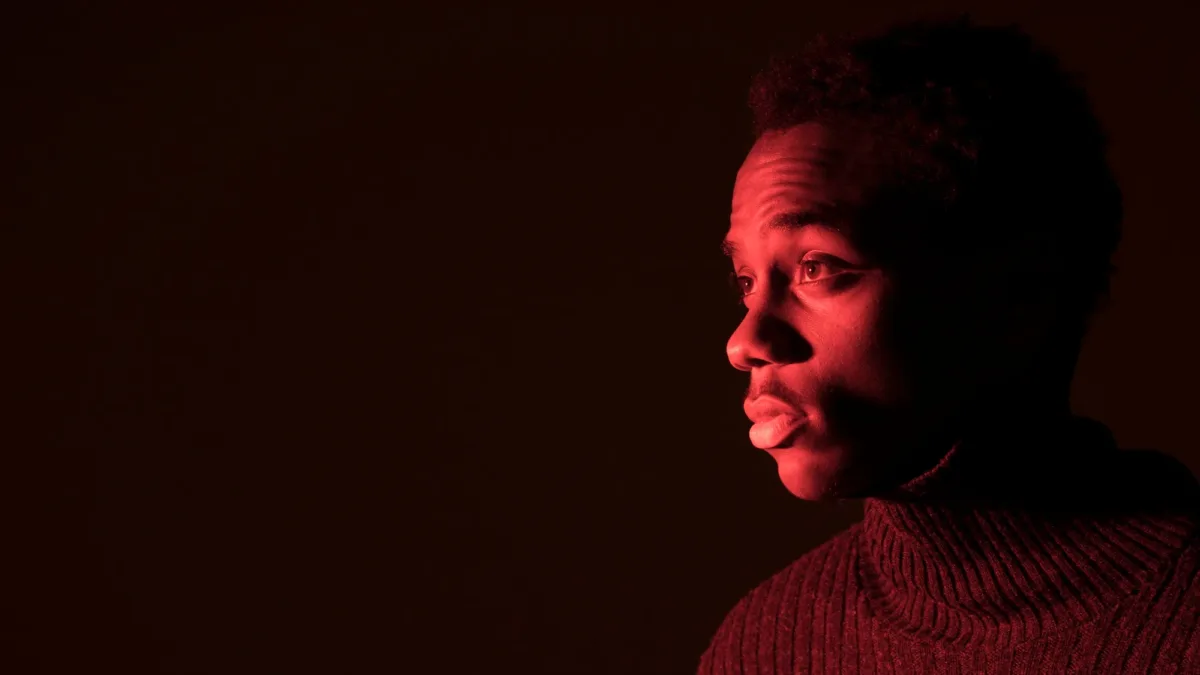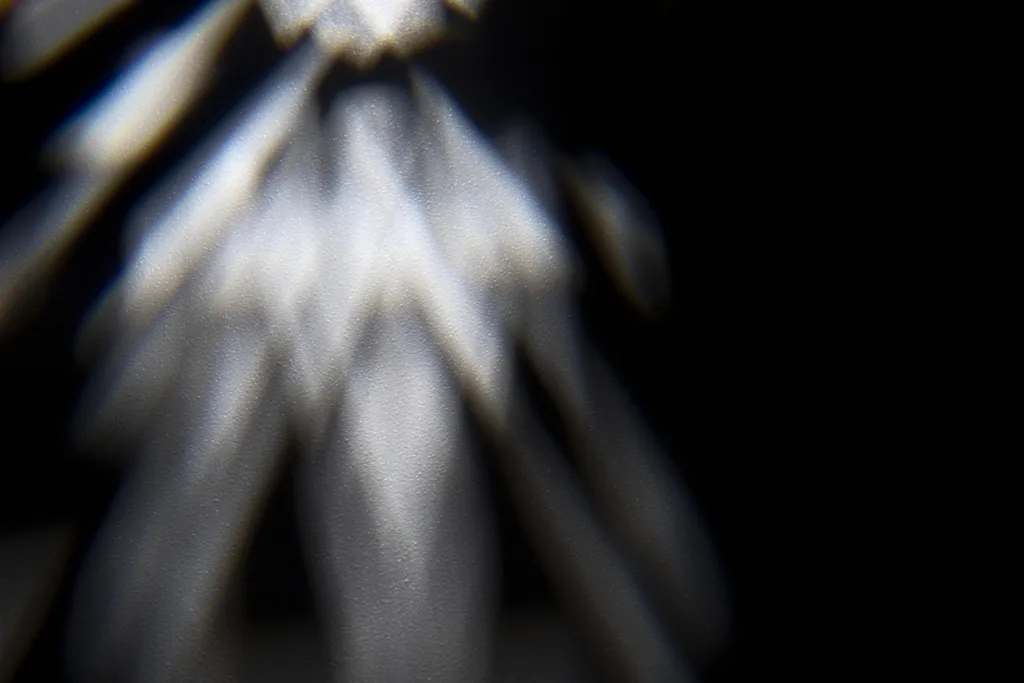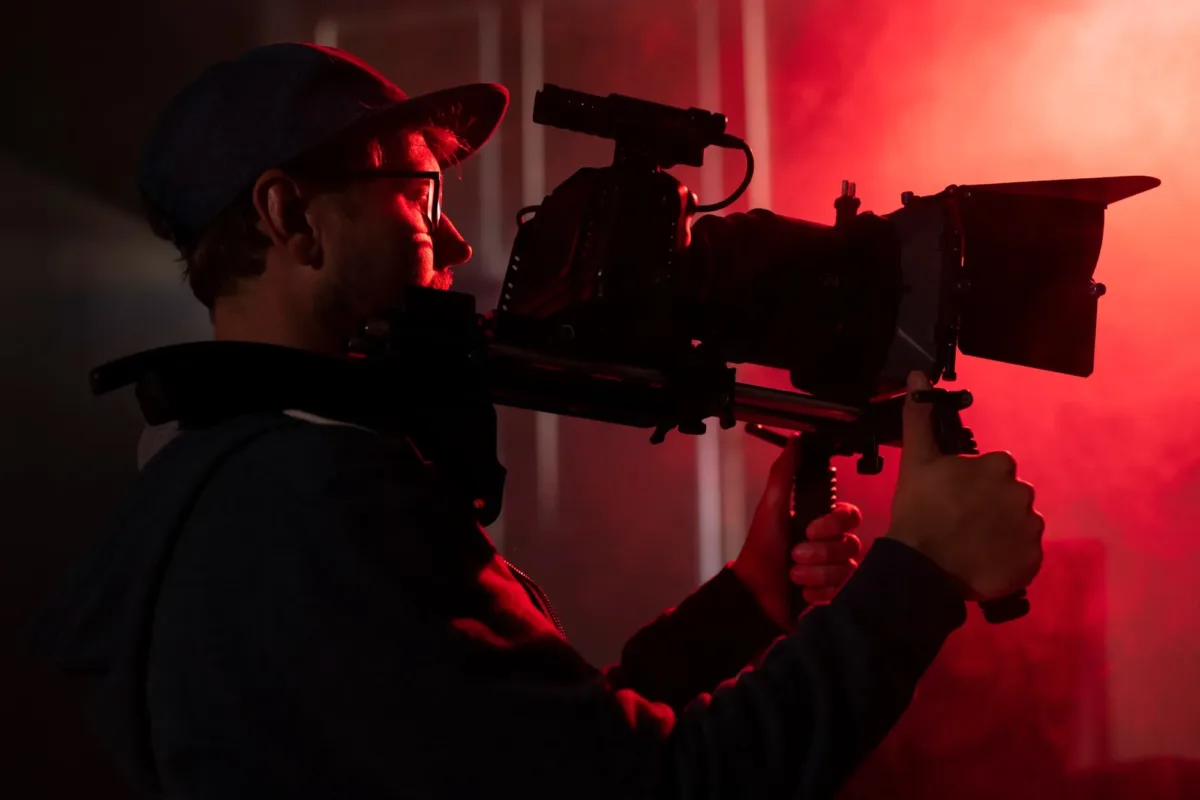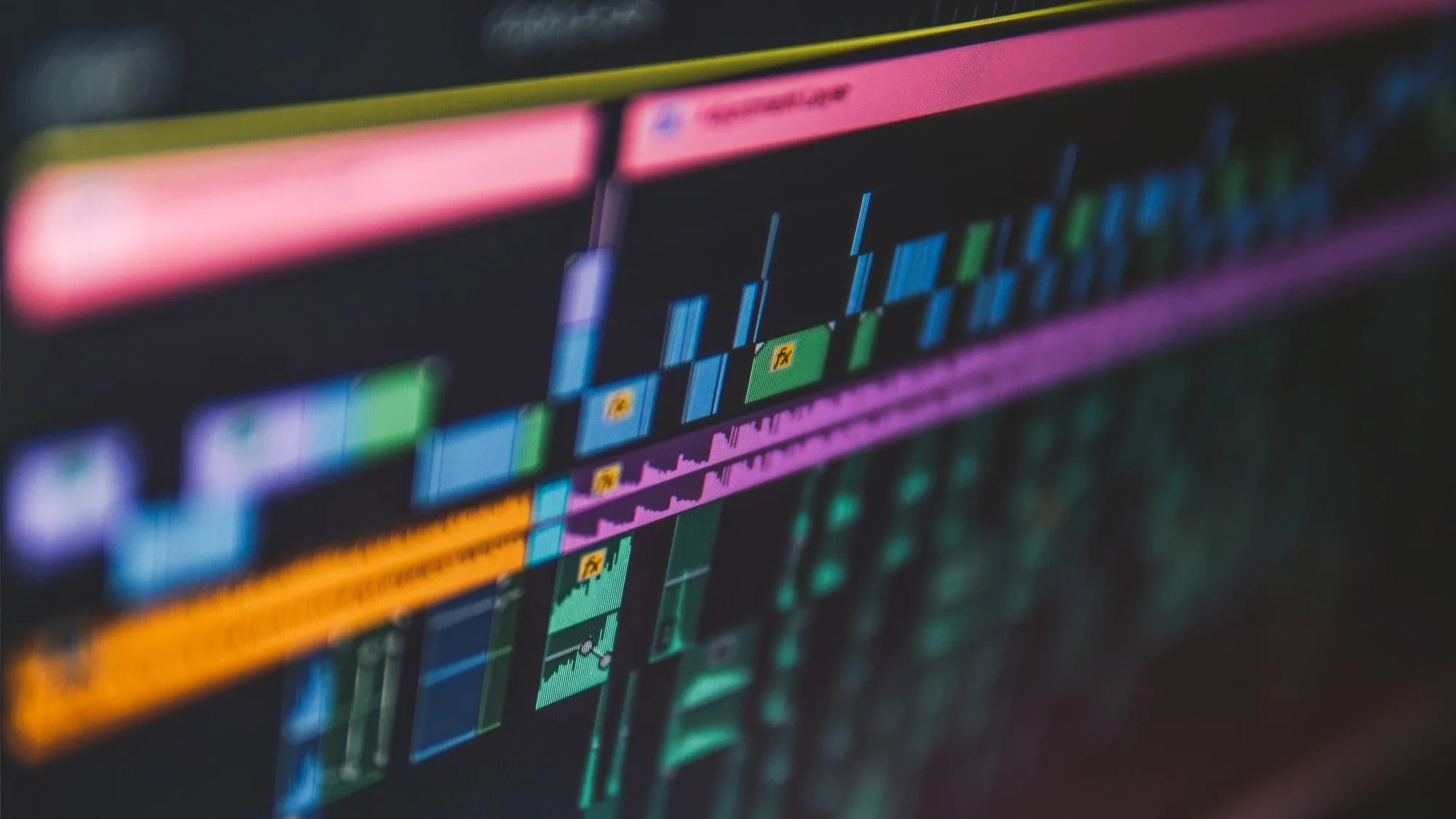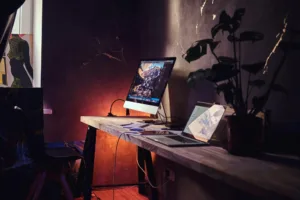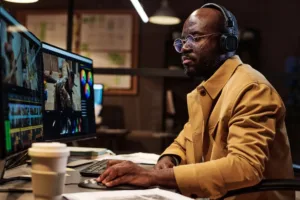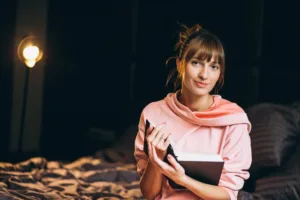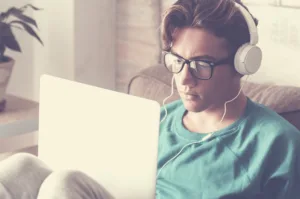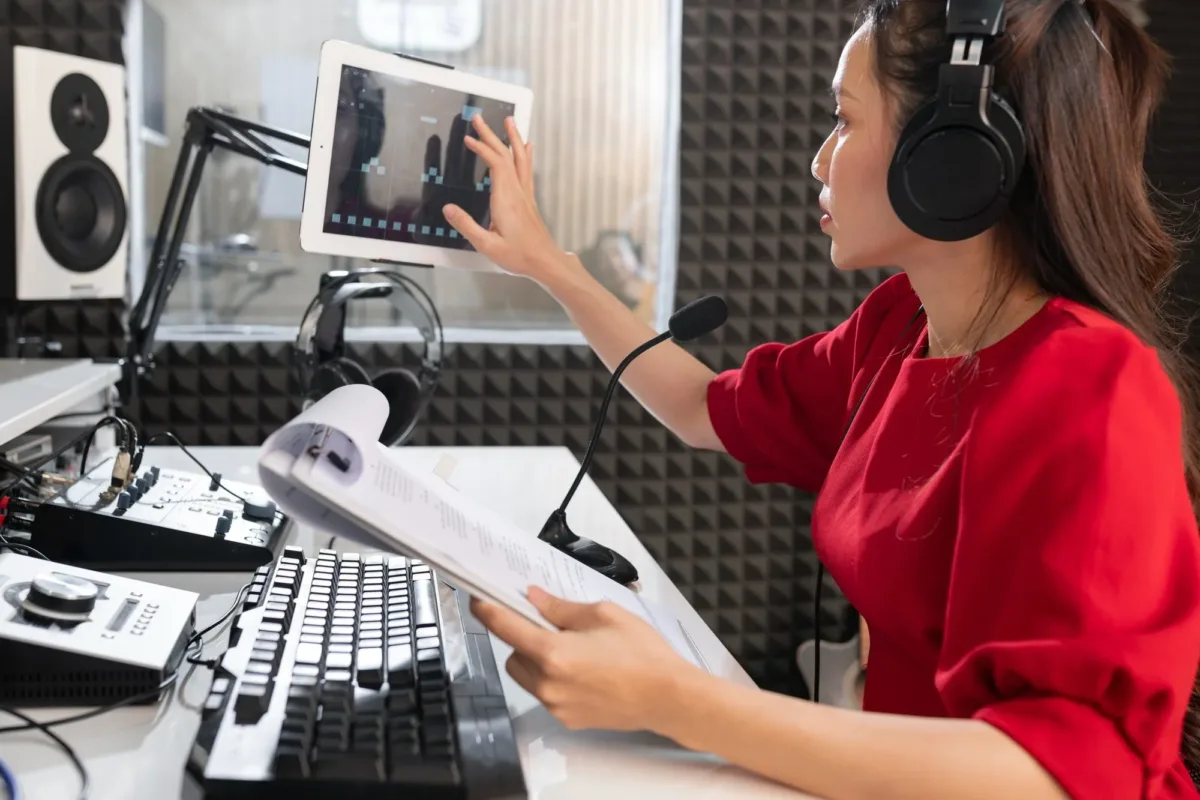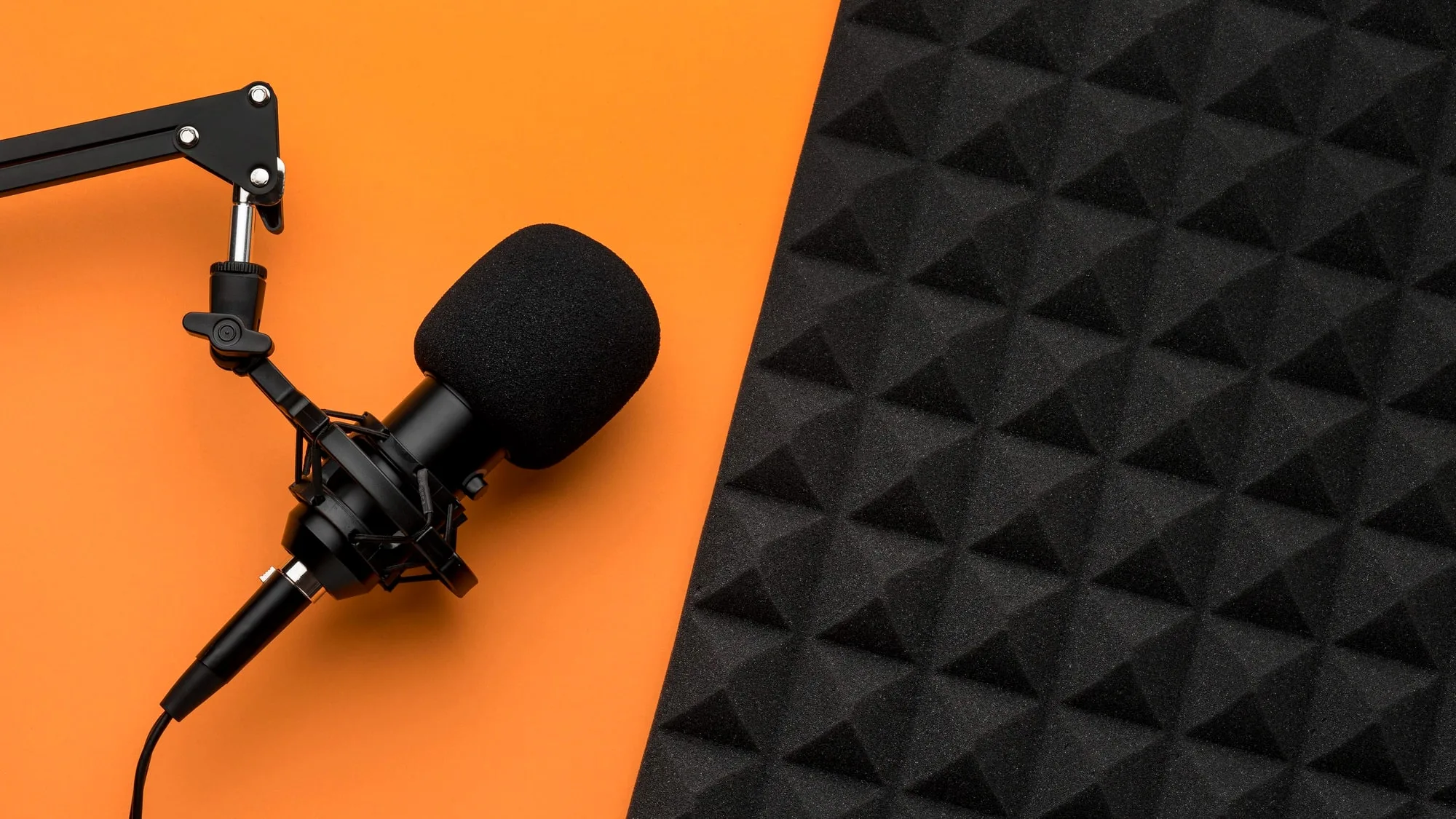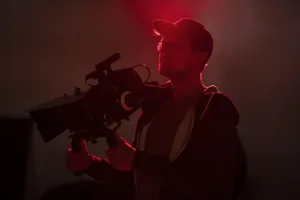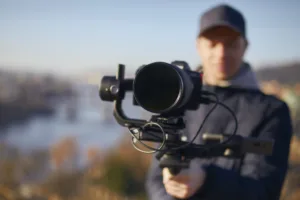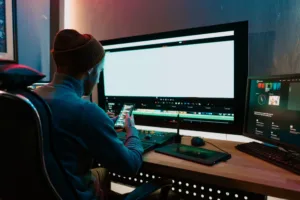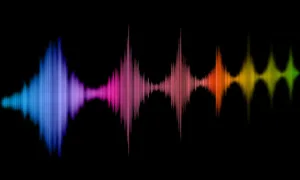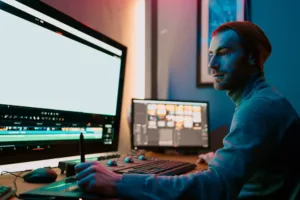What is color theory and how should I use it in my video?
Welcome to the world of video production, where colors play a vital role in telling your story! If you’re new to the game, you might have heard the term “color theory” thrown around a lot. But what is it exactly, and how can you use it to make your videos more impactful? Let’s dive in and find out!
Color theory is the study of colors and their relationship with each other. In video production, color theory can help you create a specific mood or emotion in your audience, depending on the colors you choose to use. For example, warm colors like red, orange, and yellow can create a sense of excitement, while cool colors like blue and green can create a calming effect.
how do you use color theory in your videos?
Choose a color scheme: Before you start filming, choose a color scheme that aligns with the mood and tone of your video. You can use tools like Adobe Color or Canva to create a color palette that complements your story.
Use color grading: During the post-production process, use color grading to enhance the colors in your footage. You can adjust the brightness, saturation, and hue to create a consistent look throughout your video.
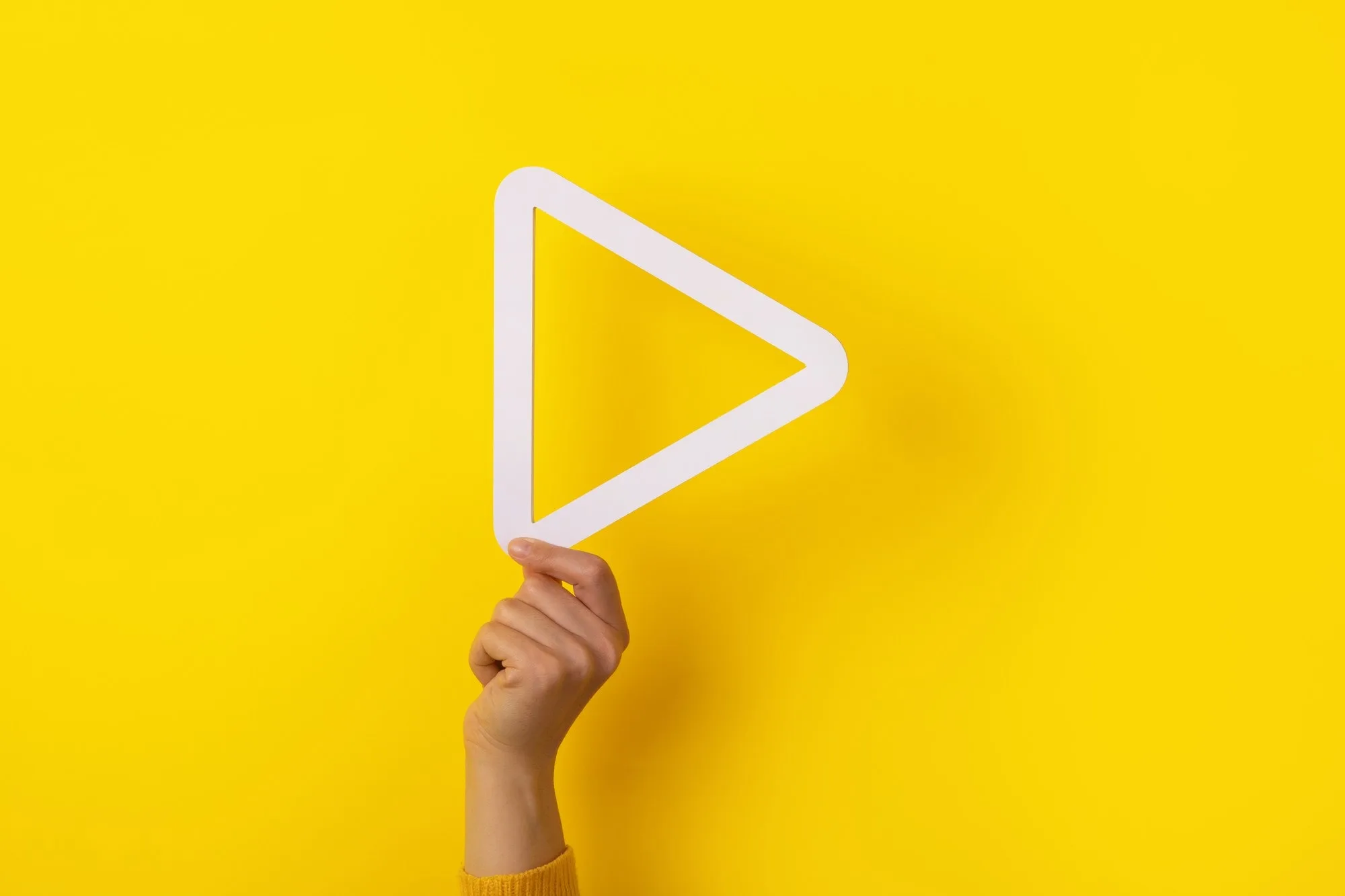
Think about contrast: Contrast is the difference between light and dark colors. Using contrasting colors in your videos can create visual interest and draw attention to specific elements on the screen.
Consider color temperature: Color temperature refers to the warmth or coolness of a color. It can be adjusted in post-production to create a specific look or mood.
By incorporating color theory into your video production process, you can create a more impactful and engaging experience for your viewers. So go ahead and experiment with different color schemes, and have fun with it!



